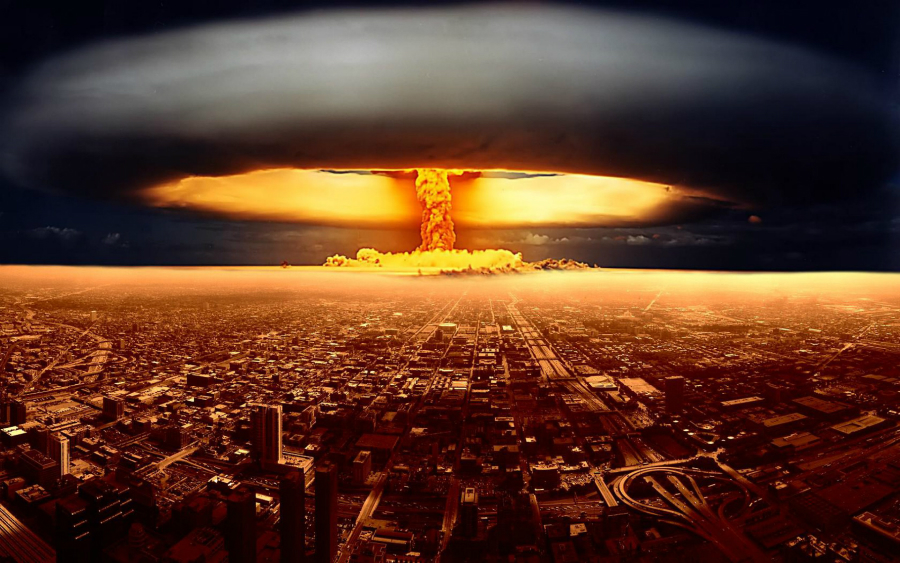Seeing our world peppered in nuclear ash is inevitable — at least, this is what the folks at the American Chemical Society seem to believe. Rather than release a video explaining how we can prevent nuclear fallout, the agency released a video explaining how we can cope with it, instead.
Still, in the event of a nuclear catastrophe, it would be wise to have an emergency plan in mind. Poor foresight and insufficient planning are what decimated the Fukushima power plant in 2011 — the worst nuclear catastrophe since 1986’s Chernobyl disaster. Just a few weeks ago, a study estimated that at least one million people would be diagnosed with cancer because of the nuclear fallout.
Fallout 4, a video game set 200 years after a nuclear war in post-apocalyptic Britain, could serve as a blueprint for how people could survive following a nuclear debacle. In the video game, the only survivors were those who were smart enough to retreat to a shelter or vault.[1]
Surviving the abominable mushroom cloud
The video details that in order for people to protect themselves, they must be exposed to as little radiation as possible. Surviving a nuclear disaster depends on several variables, including the type of nuclear device used, its size, weather conditions at the time of the explosion, the nature of the target, etc. Among the cards at hand, however, time, distance and shelter reign supreme.[1]
The likelihood of survival is based upon the principles of mathematics, which are somewhat shaped by common sense. Shelter multiplied by distance from the blast equals the likelihood of survival. As should come as no surprise to anyone, people closest to the blast are less likely to survive than those farther away from the blast.
Nevertheless, nuclear fallout can leap great distances. Since migrating to a shelter 200 feet underground would be like digging our own graves, people would have to learn how to cope with nuclear fallout in a post-apocalyptic nuclear catastrophe.
Following a nuclear explosion, the amount of radiation clouding the air is reduced by a factor of ten with each factor of seven in time, like one hour, seven hours, forty-nine hours, etc. In the rare even that you witness an aloof mushroom cloud, close one eye shut, hold out your arm and raise your thumb. If the cloud appears larger than your thumb, you fall within the radiation zone and must evacuate immediately.
When science fiction collapses into science
This isn’t science fiction. Scientists really are considering ways to protect humankind from nuclear fallout. NASA has considered using material utilized to shield spacecrafts from the sun’s radiation on fallout shelters. Scientists are now in the process of developing a nanomaterial said to have the ability to withstand radiation, boiling temperatures and extreme pressure, explained Dr. Raychelle Burks, a chemistry expert, to the Daily Mail.[1]
“Walls of carbon nanotubes are promising candidates. Current research suggests that carbon nanotubes provide protection from radiation and ounce for ounce are at least a hundred times stronger than steel,” he explained.[1]
Another problem with vaults is that they are limited in resources. It would be an enclosed community disattached from the outside world. Fossil fuels would waste too much space and solar power would be impossible for a doomsday vault buried hundreds of feet under the ground. This doesn’t even take into account more primal necessities, like clean water and food.[1]
Experts, however, reason that water could be purified using a substance called graphene oxide. Food could be grown using aquaponic systems, which cultivate plants and fish. Fuels could be provided using fuel cells, which convert heat and water into a form of electricity.[1]
If nuclear fallout does blanket the globe in the near future, those with underground shelter, clean food, air and power will be the ones to rise up.
Source:
[1] DailyMail.Co.Uk


